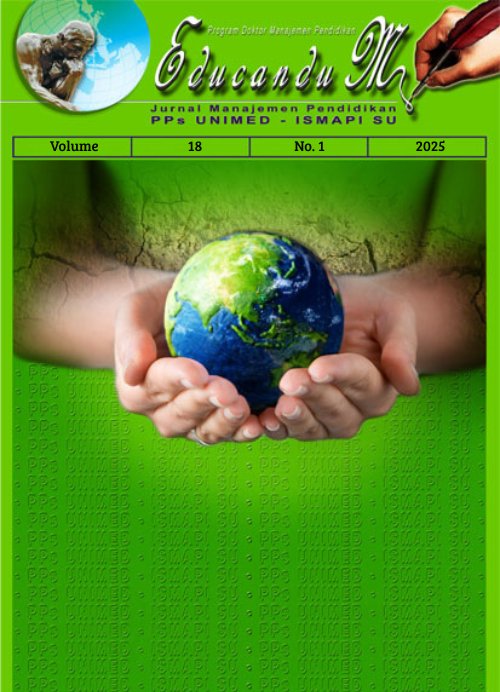Karakteristik Pendekatan Deep Learning Dalam Pembelajaran Matematika Di Sekolah Dasar
Abstract
This study aims to identify and analyze the characteristics of the deep learning approach in elementary school mathematics education, as well as its implications for learning quality. Employing a systematic literature review (SLR) method, which involves reviewing relevant scholarly articles and publications from 2015 to 2025, this research examines the definition, implementation, and impact of deep learning in the context of mathematics at the basic education level. The findings indicate that the deep learning approach is characterized by in-depth understanding, problem- and inquiry-based learning, student-centeredness, enhancement of critical and creative thinking, application in real-world situations, deep interaction and discussion, reflection and self-awareness, and long-term learning. The core of this approach lies in the synergy among meaningful learning, mindful learning, and joyful learning, which has been proven to significantly increase student engagement, motivation, and mathematics learning outcomes. The implementation of deep learning not only enhances cognitive aspects but also contributes to the development of students' character and social skills. Although challenges such as digital infrastructure limitations exist, solutions like hybrid learning models and continuous professional development for teachers can optimize its application. Thus, deep learning offers a transformative paradigm highly relevant for addressing the 21st-century educational needs in elementary school mathematics.References
Barokah, N., & Mahmudah, U. (2025). Transformasi Pembelajaran Matematika SD Melalui Deep Learning: Strategi untuk Meningkatkan Motivasi dan Prestasi. Bilangan: Jurnal Ilmiah Matematika, Kebumian dan Angkasa, 3(3), 48-61. https://doi.org/10.62383/bilangan.v3i3.521
Bistari, B., Mikraj, H., Rustam, R., Ahmad, D., Zubaidah, Z., Winarji, A., ... & Junarti, J. (2025). Deep Learning Berbasis Pesan Moral dalam Pembelajaran Matematika bagi Guru MGMP Matematika Kubu Raya. International Journal of Public Devotion, 8(1), 59-70.
Fitriani, A., & Santiani, S. (2025). Analisis Literatur: Pendekatan Pembelajaran Deep Learning Dalam Pendidikan. Jurnal Ilmiah Nusantara (JINU), 2(3), 50-57. https://doi.org/10.61722/jinu.v2i3.4357
Girsang, M. K, & Rahayu, C. (2025). Bagaimana Pengimplementasian Pembelajaran Mendalam (Deep Learning) dalam Belajar Matematika: Studi Literatur. Prosiding Seminar Nasional Pendidikan FKIP Universitas Lampung 2025.
SDN 62 Sungai Raya. (2025). Mengoptimalkan Pembelajaran Matematika dengan Pendekatan Deep Learning: Mengenal Sudut di Sekitar Kita. Diakses dari https://sdn62sungairaya.sch.id/mengoptimalkan-pembelajaran-matematika-dengan-pendekatan-deep-learning-mengenal-sudut-di-sekitar-kita/?utm_source=perplexity
Wijaya, A. A., Haryati, T., & Wuryandini, E. (2025). Implementasi Pendekatan Deep Learning dalam Peningkatan Kualitas Pembelajaran di SDN 1 Wulung, Randublatung, Blora. Indonesian Research Journal on Education, 5(1), 451-457. Diakses dari https://irje.org/index.php/irje
Published
How to Cite
Issue
Section
License
Copyright (c) 2025 EducanduM

This work is licensed under a Creative Commons Attribution-NonCommercial-ShareAlike 4.0 International License.










